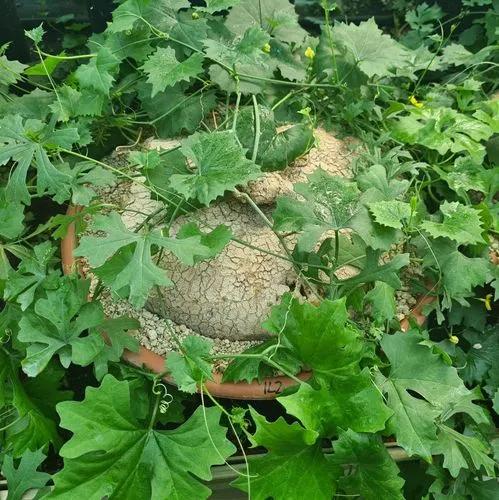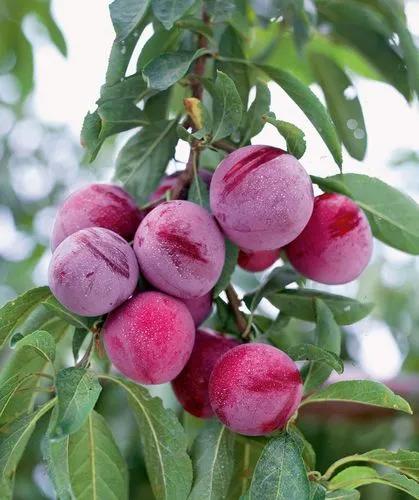Vaccinium arboreum (sparkleberry or farkleberry) is a species of Vaccinium native to the southeastern and south-central United States, from southern Virginia west to southeastern Nebraska, south to Florida and eastern Texas, and north to Illinois. Vaccinium arboreum is a shrub (rarely a small tree) growing to 3–5 m (7.5-12.5 feet) rarely 9 m) (22.5 feet) tall, with a diameter at breast height of up to 35 cm (14 inches). The leaves are evergreen in the south of the range, but deciduous further north where winters are colder; they are oval-elliptic with an acute apex, 3–7 cm long and 2–4 cm broad, with a smooth or very finely toothed margin. Sparkleberry grows on sand dunes, hammocks, dry hillsides, meadows, and in rocky woods. It also grows on a variety of moist sites such as wet bottomlands and along creek banks.
Farkleberry Care
Vaccinium Arboreum



Sparkleberry is a small, deciduous evergreen shrub or tree that may grow 10 to 20 feet tall. It can be found in rocky woodlands, sandy woodlands, and on cliffs. The leaves are alternate with a smooth or finely toothed margin. The bark is shredded and patchy with reds, browns, and grays present. In early summer, small, white, bell-shaped flowers mature. In the fall, this plant has excellent color. The tall shrub produces a black fruit that matures in the fall and is a good food source for wildlife. Growing on racemes, the 1/4" flowers bloom for a short period, from late spring to early summer. The bloom period extends for approximately 3 weeks. Once the fertile flowers bloom, they are replaced by berries that will mature in the fall. Each berry can contain up to 10 seeds which will reseed itself. Wildlife eat the berries. The upper surface of the leaves are medium green, glabrous and have a slight shine. The underside is a pale green, glabrous to finely pubescent, the fine hairs occur along the central veins of the leaf. Sparkleberry grows best in sun to partial shade and likes dry to moist sandy or rocky soil. It is drought and heat tolerant and a high-value wildlife plant. The tallest of the genus blueberries, it is often referred to as huckleberry.
How to Care for the Plant

Popularity

313 people already have this plant 21 people have added this plant to their wishlists
Discover more plants with the list below
Popular articles






